The Lockheed Martin F-35 Lightning II is an American family of single-seat, single-engine, all-weather stealth multirole combat aircraft that is intended to perform both air superiority and strike missions. Continue reading


UAS VISION
an independent online news service for the Unmanned Aircraft Systems world

The Lockheed Martin F-35 Lightning II is an American family of single-seat, single-engine, all-weather stealth multirole combat aircraft that is intended to perform both air superiority and strike missions. Continue reading
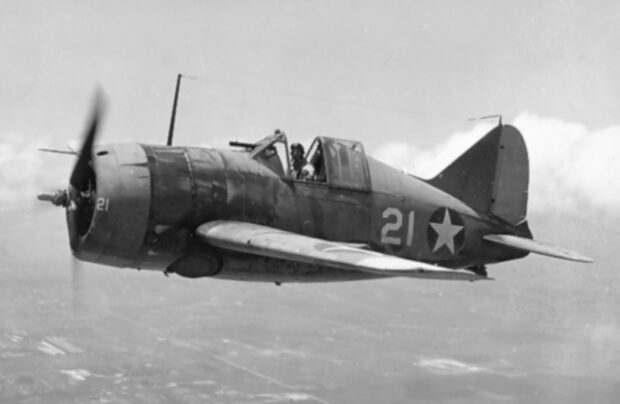
The Brewster Buffalo cops a lot of flak as being one of the worst planes of World War 2. But it was more a victim of mismanagement, poor timing, and an obsession over equipment-creep. Continue reading
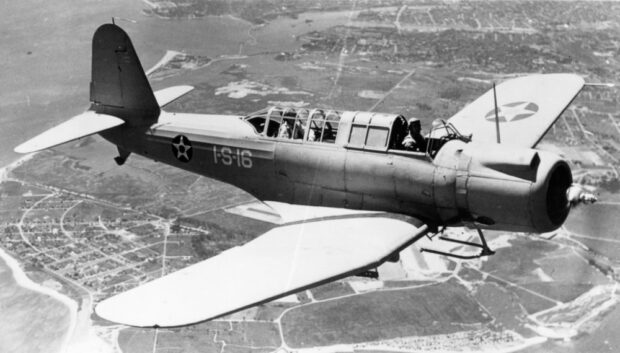
The SB2U Vindicator arrived at a time of evolving technology and tactics for US Naval aircraft. Torpedoes were still considered a highly lethal weapon against large ships, but the concept of dive bombing was readily being explored, and indeed was deemed to be more effective than torpedo bombing in many situations. Continue reading
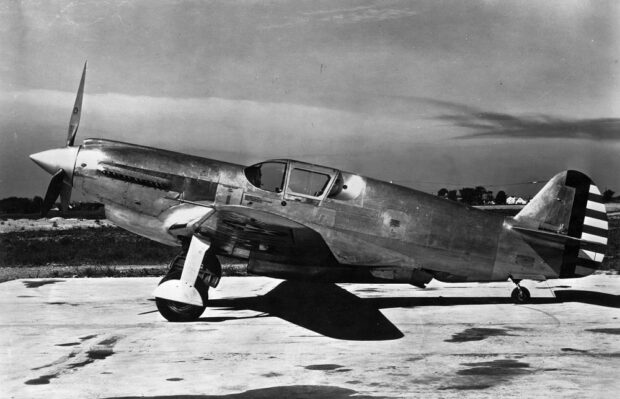
After winning the largest fighter order from the USAAC since WW1, Curtiss wasn’t resting on its laurels and proposed a new fighter modelled on the British Spitfire and Hurricane. Continue reading
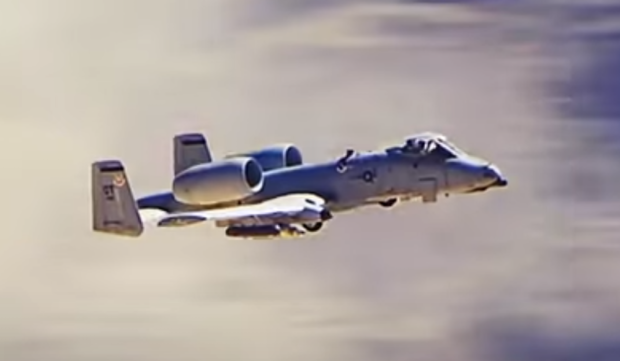
The US Air Force has recently started fielding a new improved version of the Super A-10 Warthog. Continue reading
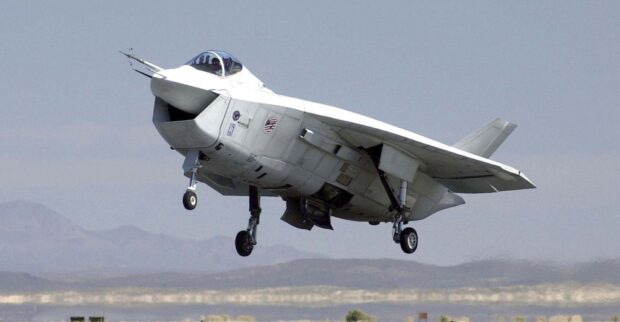
The Boeing X-32 is a concept demonstrator aircraft that was designed for the Joint Strike Fighter competition. It lost to the Lockheed Martin X-35 demonstrator, which was further developed into the Lockheed Martin F-35 Lightning II. Continue reading
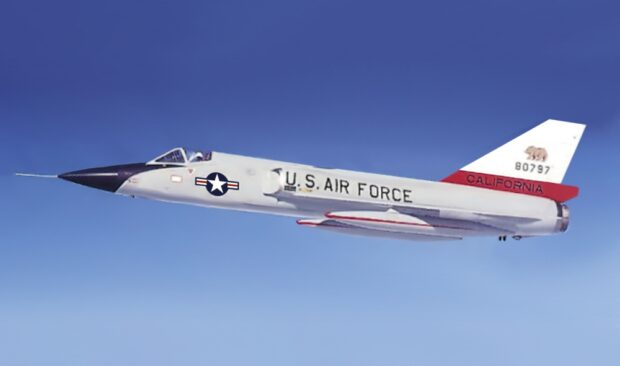
The Convair F-106 Delta Dart was the main all-weather interceptor jet of the United States Air Force for almost 20 years. Designed from scratch as the so-called “Ultimate Interceptor,” pilots would reportedly fight each other to fly it. Continue reading
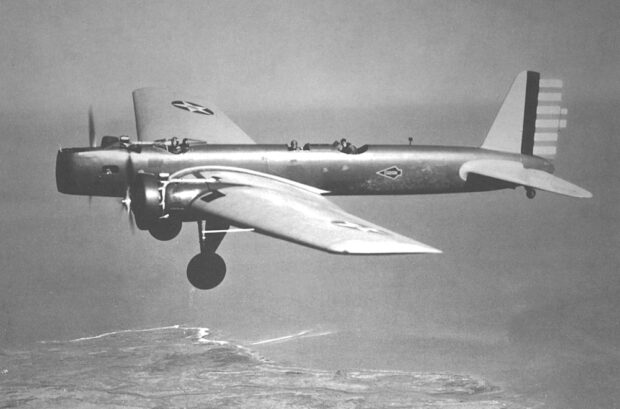
The Boeing YB-9 (Also known as the Model 214/215/246) was the company’s first all-metal bomber design. In 1930, the bomber squadrons operated by the US Army Air Corps mostly consisted of slow biplanes. Boeing had recently built its successful all-metal Monomail transport, and wanted to use their experience to build something bigger. Continue reading